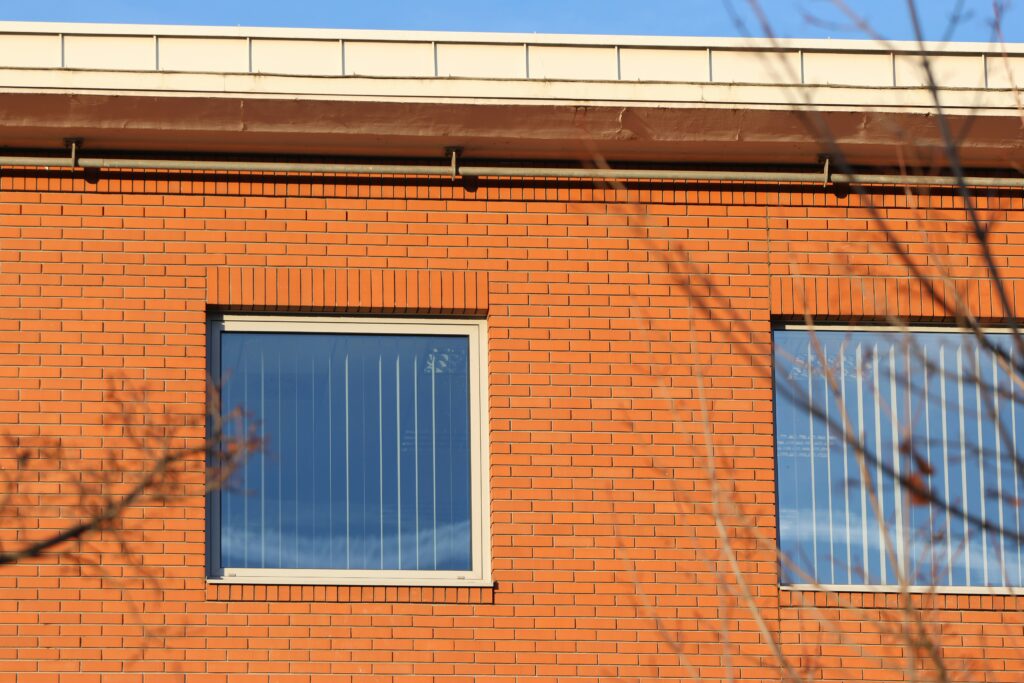What’s Going On in the Rental Market Right Now
The rental market in 2024 is showing both resilience and signs of strain. While some metros remain hotbeds of activity, others are cooling down from their pandemic-era spikes. Understanding where the action is—and why—is key for both renters and landlords.
Current Rental Market Conditions
The post-pandemic recovery is uneven, but demand remains strong in many urban areas. Rent prices in several locations continue to climb, though the pace has slowed compared to the aggressive increases seen in 2021–2022.
Key observations:
- National rent growth has moderated but not reversed
- Demand for multi-family units remains high, especially in cities with job growth
- Migration patterns continue to shape regional market swings
High-Demand Cities to Watch
Several urban centers are experiencing consistently high demand due to their job markets, lifestyle appeal, and relative affordability.
Cities making headlines:
- Austin, TX – Tech jobs, innovation hubs, and no state income tax
- Charlotte, NC – Fast-growing job market and lower cost of living
- Phoenix, AZ – Attractive for those leaving coastal cities due to cost
- Miami, FL – Still booming thanks to remote work and international appeal
Why these cities matter:
- These markets tend to set pricing trends for surrounding regions
- Investors and developers are funneling attention (and money) here
- They highlight how hybrid work continues to impact location decisions
What’s Back to ‘Normal’—And What’s Not
While some rental patterns have returned to pre-pandemic norms, others have fundamentally shifted:
What’s stabilizing:
- Urban rental demands bouncing back as workers return to offices
- Vacancy rates in many cities have leveled out
- Rental concessions (like months of free rent) are becoming less common
What’s still changing:
- Remote and hybrid work continue to decentralize renter preferences
- Demand remains high in suburban and secondary cities
- New development hasn’t caught up with demand, especially in high-growth areas
In short, the market may be past its most volatile days—but it’s far from predictable.
The Driving Forces Behind Rental Prices
The rental market is stuck in a classic supply-and-demand chokehold. There’s a growing flood of renters—driven by factors like population shifts, tighter mortgage access, and urban rebound—but not enough new units on the market. Construction has lagged, especially in high-demand cities, and zoning bottlenecks aren’t helping. Builders are slow. Renters aren’t.
Add inflation and interest rates to the mix, and it gets more complicated. Higher borrowing costs mean fewer people buying homes, so more stay renters by default. Property owners are offsetting their rising expenses—think maintenance, taxes, financing—by raising rents. Even small jumps in interest rates ripple out, eventually landing in that monthly invoice renters dread.
And then there’s remote work. It threw out the old playbook. People moved out of city centers but didn’t all go rural. Now there’s pressure on midsize markets and lifestyle hubs—places with walkability, flexible leases, or better weather. Landlords in these areas are adjusting fast, while traditional hotspots try to catch their breath.
Bottom line: pricing is being pushed from all sides. Until more inventory hits the market or policy shifts balance things out, expect conditions to stay tight.
Renters vs. Landlords: A Balancing Act
In 2024, renters are walking in with sharper expectations. It’s no longer just about square footage—it’s about value, flexibility, and quality of life. Think in-unit laundry, high-speed internet, pet-friendly policies, and month-to-month lease options. Remote workers want quiet spaces and maybe a second bedroom they can turn into an office. Many are watching their money more carefully too, so transparent pricing and energy-efficient buildings matter.
Landlords are adjusting. Slowly, but surely. Incentives are back on the table: free first-month rent, waived fees, upgrades to appliances. The smarter ones are leaning into tech—app-based maintenance requests, virtual tours, automated payment systems. It’s about reducing friction and making people feel like they’re not renting from the past.
Legally, the landscape is tightening for landlords in several key states. California, New York, and Oregon are strengthening tenant protections—rent caps, stricter eviction rules, and clearer lease terms. For property owners, this means more paperwork and less wiggle room, but also a clearer framework to work within.
It’s a dance now. Renters want security and standards. Landlords want dependable returns. In smart markets, both are learning to meet in the middle.
Predictions for the Next 12–18 Months
So, will rent go up or down? The short answer: probably up—just not everywhere, and not as steeply as in recent years. Most experts agree that while 2021–2023 saw sharp spikes, 2024 and into 2025 will bring a more tempered climb. Supply is still lagging behind demand in urban hubs, but cooling inflation and paused interest rate hikes are offering some relief. That said, don’t bank on widespread rent drops unless there’s a major economic shake-up.
A few key trends are reshaping how and where people rent. Co-living isn’t just for Gen Z—working professionals and even small families are opting for shared, amenity-rich rentals to balance quality of life and price. Suburbs are no longer a compromise—they’re now rental hotspots of their own, especially in metro-adjacent cities. Then there’s the quiet rise of rent-to-own models, giving tenants a longer play toward ownership while locking in housing security.
As for where to look next, eyes are on secondary cities and overlooked regions. Think places like Raleigh, Tulsa, or Boise—where strong job growth and lifestyle perks are meeting lower costs. Even some areas once dismissed as temporary boomtowns during the pandemic are holding steady. The bottom line: geography is no longer fixed. People are flexible, and the market is starting to reflect that.
Long-Term Moves: How to Be Ready
Tight rental market? Here’s how you sharpen your edge—whether you’re renting or leasing.
For Renters: Negotiating in a Tight Market
This isn’t the time to wing it. Start by doing your homework—check listings in your area, know your comps, and bring proof of stable income. If you have good credit or a solid rental history, flaunt it. Timing helps too: landlords tend to be more flexible in the off-season (think winter months). If possible, offer longer-term leases for a bit of leverage, or negotiate on things like parking or upgrades rather than just rent. If the numbers still don’t work, consider expanding your search radius—some border neighborhoods offer better value.
For Landlords: Future-Proofing Your Strategy
2024’s renters are smart, tech-savvy, and picky. If you want to stay competitive, rethink the basics. Energy-efficient upgrades, flexible lease durations, and solid Wi-Fi aren’t perks anymore—they’re expectations. Landlords should also keep an eye on local laws. More cities are leaning into tenant protections, meaning staying compliant now avoids problems down the road. Finally, think long game: treat tenants like clients, not transactions. Reputation updates on platforms and social media matter more than ever.
Tech Making Renting Smarter
For both sides of the lease, tech is reducing friction. Virtual tours, smart locks, rent payment apps, credit reporting perks—tools like these streamline the experience, save time, and cut down on churn. Platforms like Avail, RentRedi, or Zillow Rental Manager make lease setup and maintenance smoother for landlords; renters get speed, transparency, and often better communication.
The rental landscape doesn’t stay still. But thinking ahead—using smart tactics and smart tech—keeps you in control, not playing catch-up.
Want More In-Depth Housing Market Coverage?
If you’re serious about understanding where the rental market is headed—or just want clear, no-fluff insights—start with HouseZoneSpot. They break down trends, offer practical guides, and feature expert takes that cut through the noise. Whether you’re a renter planning your next move or a landlord tracking market shifts, it’s a smart resource to keep bookmarked.
Final Word: Smart Strategies, Not Speculation
In today’s unpredictable rental landscape, relying on guesswork can cost you—whether you’re a renter trying to secure a deal or a landlord managing a property investment.
Why Strategy Beats Speculation
The market shifts quickly, but informed decisions make the difference between short-term wins and long-term stability.
- Renters who understand market cycles, legal protections, and shifting demand can negotiate smarter leases and avoid overpriced units.
- Landlords who pay attention to data and local trends can avoid costly vacancies and make upgrades where they matter most.
Stay Flexible and Informed
Conditions will continue to change—but those who adapt stay ahead. Navigating the rental market successfully means:
- Learning continuously — read up on local laws, financial news, and housing reports
- Being flexible — from lease terms to location, adaptability creates leverage
- Focusing on data — base your decisions on hard numbers, not market rumors or social media hype
The smartest move in 2024? Don’t guess. Get informed.


 Gregory Martindalerons is a dedicated technology author at HouseZoneSpot bringing readers the latest updates on home automation, AI integration, and futuristic living solutions. His clear and engaging approach helps readers stay ahead in the evolving world of smart technology.
Gregory Martindalerons is a dedicated technology author at HouseZoneSpot bringing readers the latest updates on home automation, AI integration, and futuristic living solutions. His clear and engaging approach helps readers stay ahead in the evolving world of smart technology.

